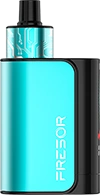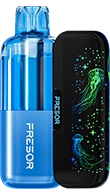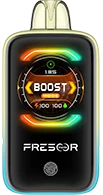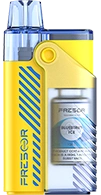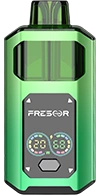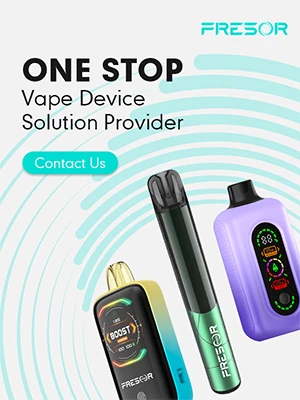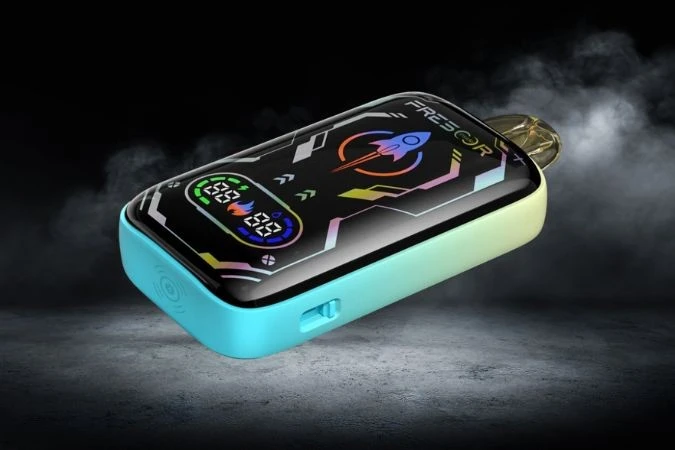Vaping After Tooth Extraction: Is it Safe or Should You Avoid it?

24 May 2024
Vaping has become a popular alternative to smoking traditional cigarettes, offering a wide range of flavors and devices that cater to every preference. However, when it comes to dental health, particularly after a tooth extraction, concerns arise about the safety of vaping after oral procedure. This comprehensive guide delves into the implications of vaping after tooth extraction, exploring the potential risks, considerations, and best practices to ensure a smooth recovery process.
Understanding Tooth Extraction and Vaping

Tooth extraction is a common dental procedure performed for various reasons, such as severe decay, infection, crowding, or damage. After extraction, it is crucial to follow post-operative care instructions to promote healing and prevent complications. The healing process after wisdom teeth removal typically involves the formation of a blood clot in the extraction site, which protects the underlying bone and tissues as the area heals.
In the context of vaping and tooth extraction, understanding the healing process after a tooth extraction is crucial for vapers. When a tooth is extracted, the formation of a blood clot at the extraction site is essential for proper healing. This blood clot acts as a protective barrier, promoting tissue regeneration and bone formation in the area.For vapers undergoing tooth extraction, the presence of a blood clot becomes even more critical due to the potential risks associated with vaping. Vaping, especially through suction, can create negative pressure on blood vessels in the mouth, which may dislodge the blood clot and lead to complications like dry socket.
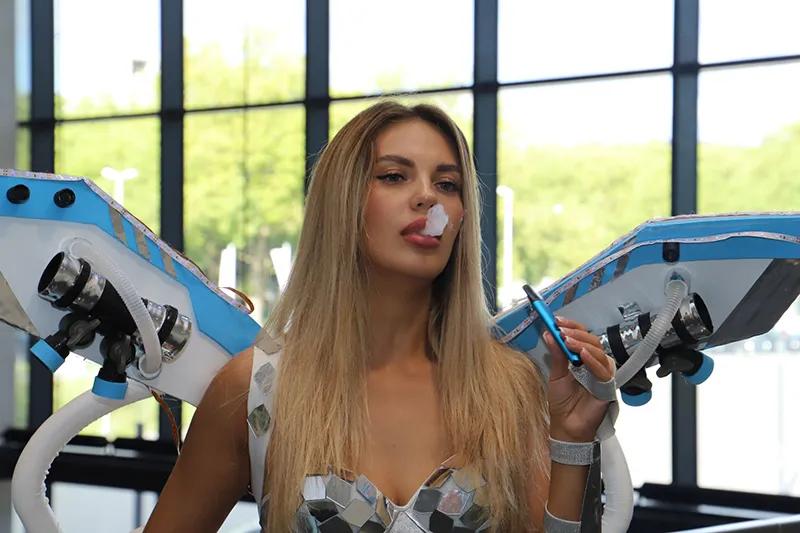
Can You Vape After Tooth Extraction: Safety Considerations
After a tooth extraction, it's natural to wonder about resuming your vaping habit. However, there are crucial safety considerations to keep in mind before picking up your vape device. Understanding the impact of vaping on the healing process and potential risks post-extraction is essential for a smooth recovery. Let's delve into the safety considerations and factors to consider when contemplating vaping after a tooth extraction.
Impact of Nicotine: Nicotine, a common component in e-liquids, can have vasoconstrictive effects, potentially affecting blood flow and the healing process after tooth extraction. Nicotine can impede proper blood circulation to the extraction site, delaying healing and increasing the risk of complications.
Dry Socket Risk: Dry socket is a common complication after tooth extraction where the blood clot dislodges or dissolves prematurely, exposing the underlying bone and nerves. Vaping, particularly through suction, can create negative pressure in the mouth, potentially dislodging the blood clot and increasing the risk of dry socket.
Irritation and Infection: Vaping involves inhaling vapor, which can contain irritants and particles that may irritate the extraction site. Additionally, the heat and chemicals in e-liquids can potentially introduce bacteria to the healing wound, increasing the risk of infection.
Healing Process: The healing process after tooth extraction is crucial for proper tissue regeneration and bone formation. Any activity that disrupts the blood clot or exposes the extraction site to potential contaminants can hinder the healing process and prolong recovery time.
Increased Inflammation: The act of vaping can cause increased inflammation in the oral cavity, which may further delay the healing process and exacerbate any existing discomfort or swelling at the extraction site.
Potential Interference with Medications: Some medications prescribed after tooth extraction, such as pain relievers or antibiotics, may interact with the chemicals or compounds found in e-liquids, potentially reducing their effectiveness or causing adverse reactions.
Best Practices for Vaping Healing Process After Tooth Extraction
Navigating vaping during the healing process after a tooth extraction requires careful consideration and adherence to best practices. Understanding how vaping can impact the recovery process after tooth removal is essential for a smooth and successful healing journey. Let's explore the recommended practices and precautions to ensure optimal healing and minimize risks associated with vaping post-tooth extraction.
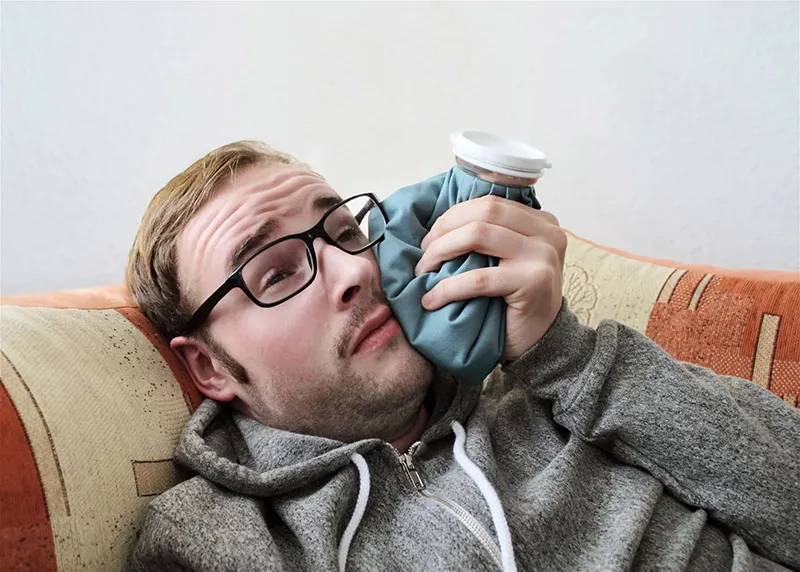
Consult Your Dentist: Before resuming vaping after tooth extraction, consult your dentist or oral surgeon for personalized advice based on your specific case. They can guide when it is safe to resume vaping and any precautions to take.
Wait for Healing: It is generally recommended to wait until the extraction site has fully healed before vaping. This typically takes about 1-2 weeks, but the timeline may vary depending on the complexity of the extraction and individual healing factors.
Avoid Suction: To minimize the risk of dislodging the blood clot, avoid excessive suction while vaping. Opt for gentler inhalation techniques and refrain from creating strong negative pressure in the mouth.
Choose Nicotine-Free E-Liquids: If you are concerned about the effects of nicotine on healing, consider using nicotine-free e-liquids during the recovery period. Nicotine can have vasoconstrictive effects that may impede proper blood flow to the extraction site.
Maintain Oral Hygiene: Proper oral hygiene is essential during the healing process. Continue to brush gently around the extraction site, rinse with saltwater as recommended by your dentist, and avoid introducing any potential contaminants to the area.
Monitor for Complications: Be vigilant for signs of complications such as increased pain, swelling, bleeding, or foul odor from the extraction site. If you experience any concerning symptoms, contact your dentist promptly for further evaluation.
Gradual Reintroduction: When it is deemed safe to resume vaping, start with short, gentle puffs and gradually increase the duration and frequency as the extraction site continues to heal.
Alternatives to Vaping During Recovery
If you are a regular vaper, the recovery period after wisdom tooth extraction, may require you to temporarily abstain from vaping. In such cases, consider the following alternatives:
Nicotine Replacement Therapy: Nicotine patches, gum, or lozenges can provide a safer alternative to vaping during the healing process, as they do not involve the inhalation of vapor.
Oral Hygiene Aids: Utilize dental hygiene products like toothpaste, mouthwash, and dental floss to maintain oral health and address any cravings or withdrawal symptoms.
Stress Management Techniques: Engage in stress-relieving activities, such as meditation, deep breathing exercises, or light physical activity, to manage cravings and support overall well-being during the recovery period.
Before Your Extraction: Informing Your Oral Surgeon About Vaping
By informing your oral surgeon about your vaping habit, they can provide tailored post-operative instructions and potentially adjust the surgical approach to ensure the best possible outcome and minimize risks during your recovery. It's crucial to let your oral surgeons and your dentist know you vape before your tooth extraction. Here's why:
Tailored Post-Operative Instructions: Knowing you vape allows your dentist to adjust their post-operative instructions to minimize risks. This might involve extending the recommended waiting period before vaping again or offering alternative pain management strategies if nicotine patches or gum aren't suitable.
Improved Surgical Outcome: By being aware of your vaping habit, your dentist can potentially adjust surgical techniques or medications to optimize healing and reduce the chance of complications.
Conclusion
In conclusion, while vaping can be a popular and enjoyable activity for many, it is essential to approach it with caution after tooth extraction. The negative effects of nicotine, the risk of dry socket, potential irritation and infection, and the impact on the healing process are important considerations to keep in mind when vape after a tooth out. Consulting your dentist, waiting for proper healing, and taking precautions to minimize risks are key steps to ensure a safe and smooth recovery process. Prioritizing your oral health and following post-operative care instructions will help promote optimal healing and reduce the likelihood of complications after tooth extraction.
Frequently Asked Questions
Q1. How long should I wait before vaping after a tooth extraction?
It is advisable to wait until the extraction site has fully healed, which typically takes about 1-2 weeks. However, the timeline may vary based on individual healing factors and the complexity of the extraction. Consult with your dentist for personalized advice on when it is safe to resume vaping.
Q2. Can vaping affect the taste of e-liquids after tooth extraction?
Vaping, especially with certain e-liquid flavors or ingredients, may impact the taste perception during the healing process after tooth extraction oral surgery. It is essential to be mindful of any changes in taste and consult with your dentist if you experience any concerns.
Q3. Are there specific e-liquid ingredients to avoid after tooth extraction?
E-liquids containing irritants or harsh chemicals may increase the risk of irritation and infection at the extraction site. It is advisable to choose e-liquids with high-quality ingredients and avoid those that may potentially compromise the healing process.

